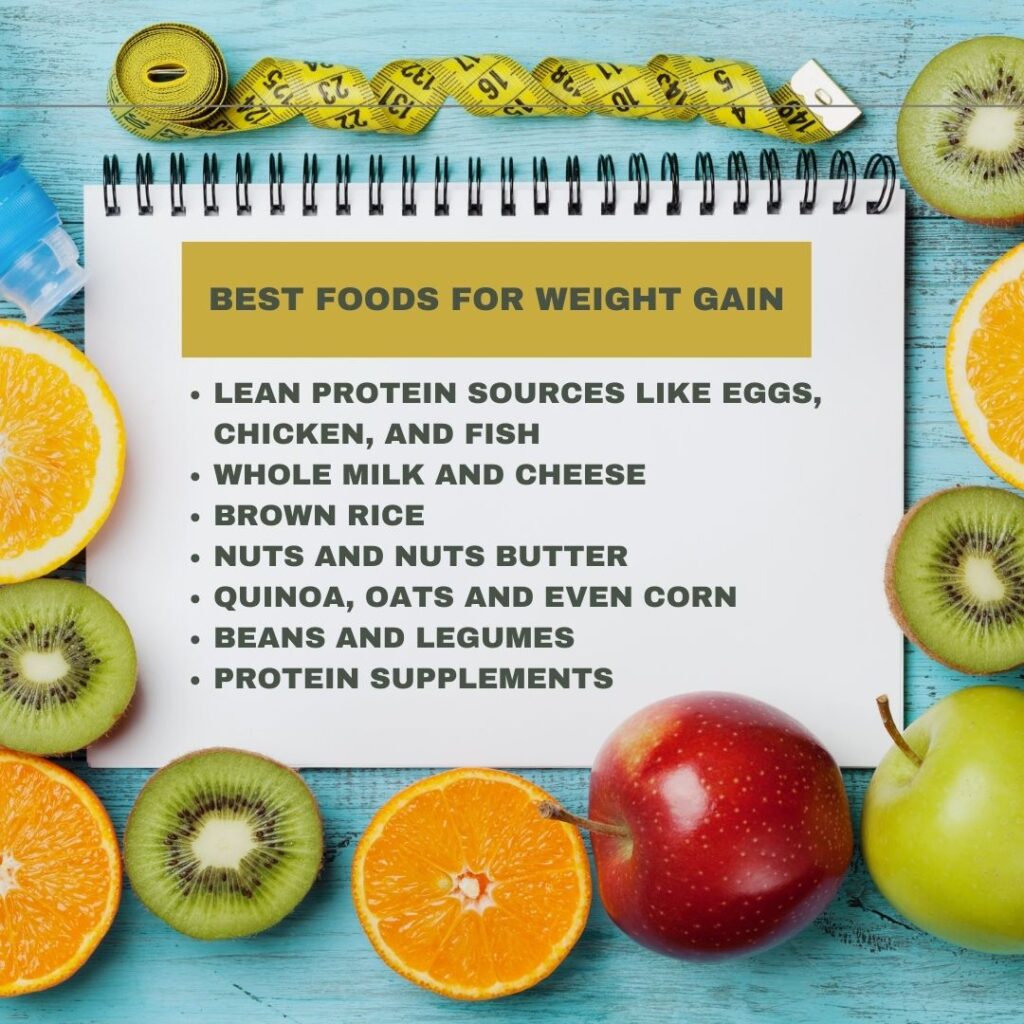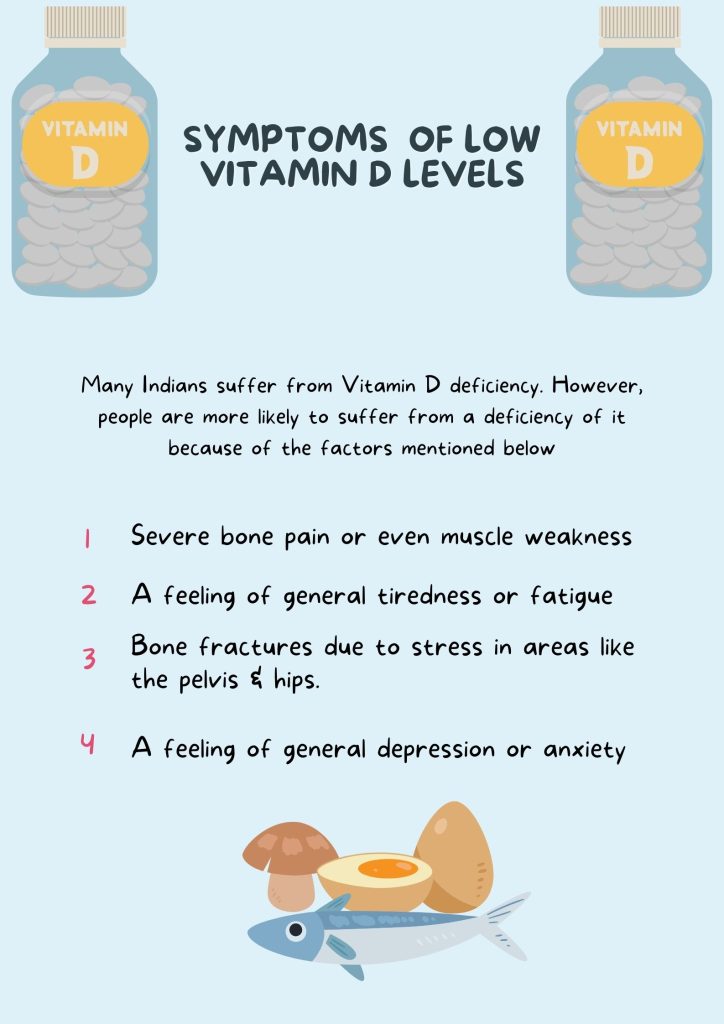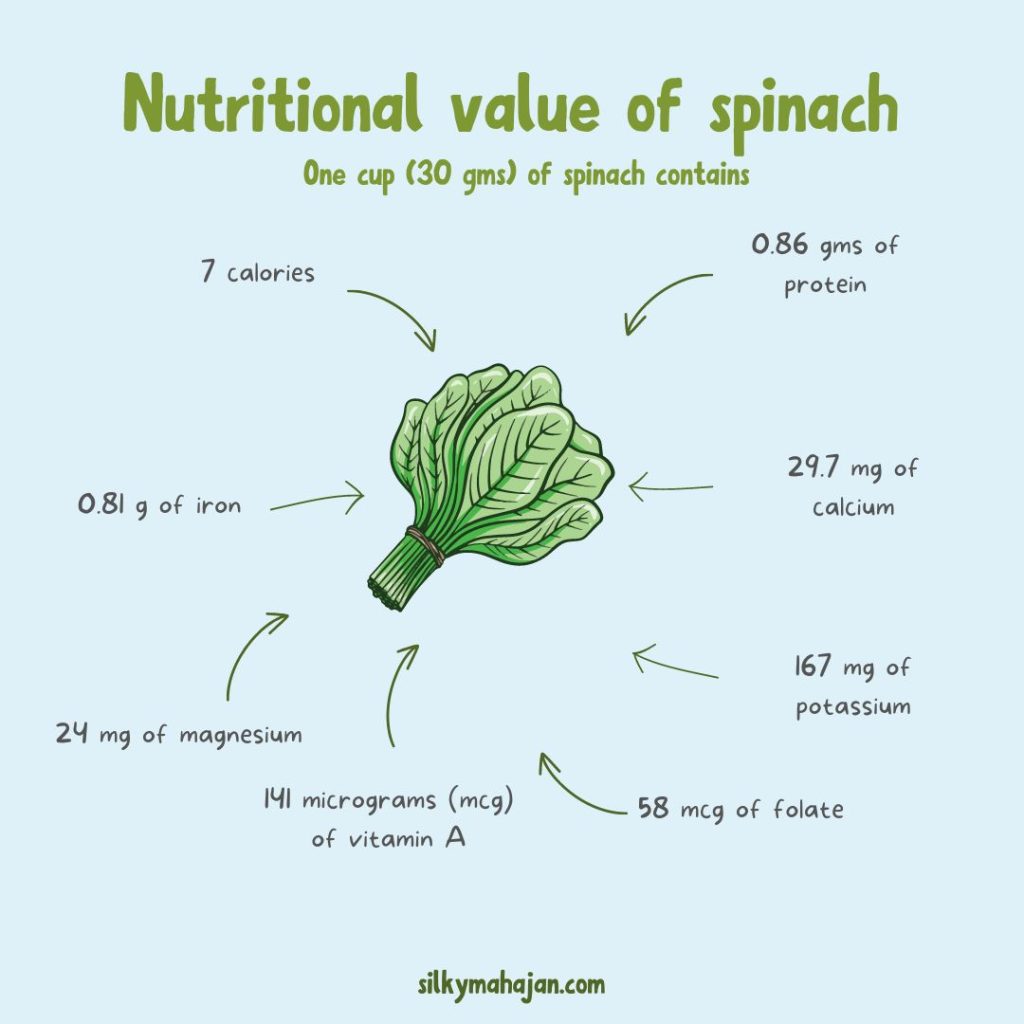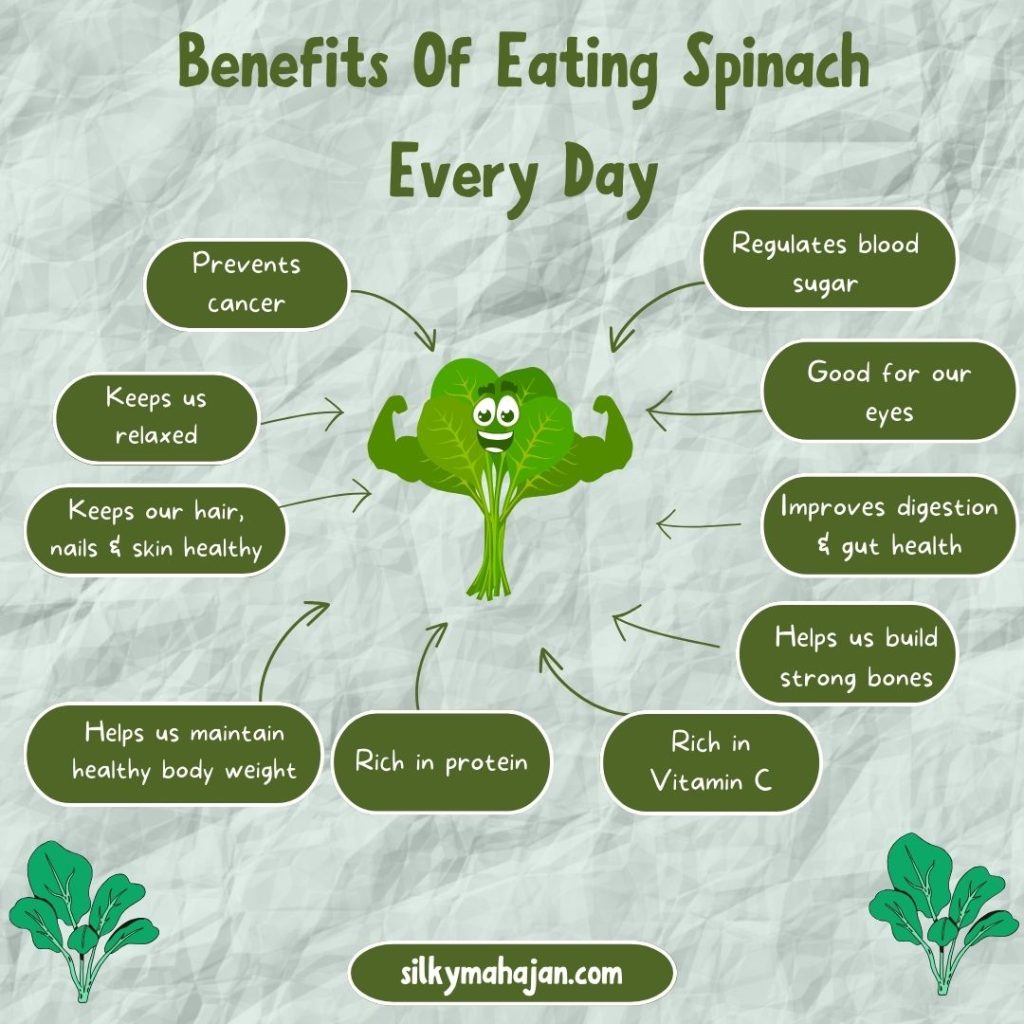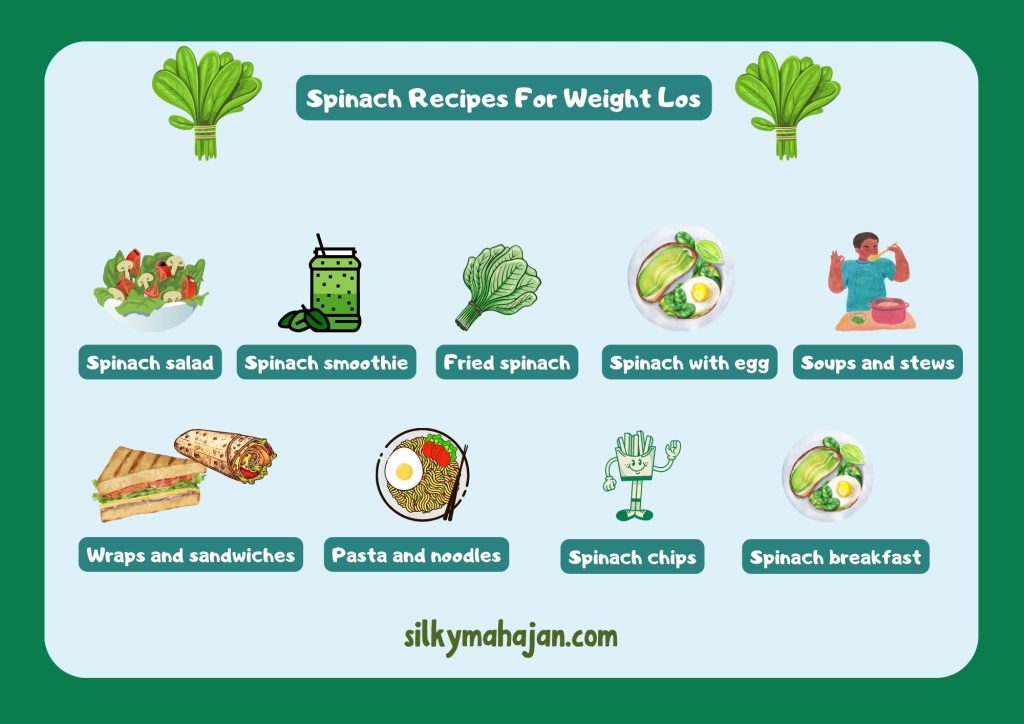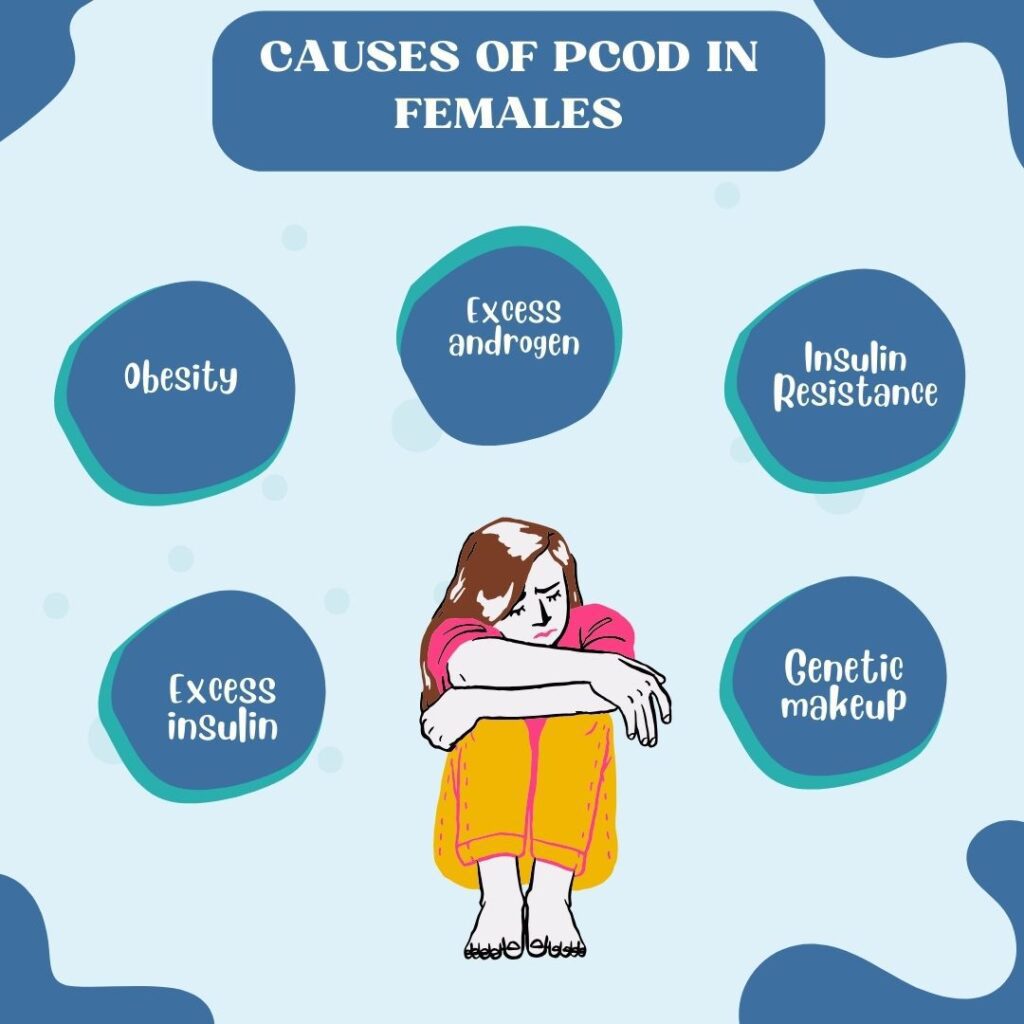
Kickstart your day with beverages that boost metabolism & aid in shedding pounds. Discover the best Morning Drinks For Weight Loss here!
60% of our bodies consist of water, making it one of the essential building blocks of life. Water provides many important functions within our bodies such as helping regulate temperature, prevent infections, lubricate joints, and provide vital nutrients and minerals directly into cells as well as improving cognition, mood, and sleep quality.
And the best time to drink water might just be in the morning when we are about to start our day. Studies have found that drinking water in the morning is good for our kidneys, skin, mood, and even weight.
How much water you should drink ? – Silky Mahajan
Yes, you heard that right! Drinking water in the morning can indeed help us lose weight. And not just water, there are some great weight loss drinks that you can easily prepare at home, which can be a part of your morning hydration routine.
The science behind early morning weight loss drinks

Recently, fat burning drinks have become popular among individuals looking to lose weight. Although they are no magic solutions and won’t help you lose a substantial amount of weight, there is some science as to how these drinks work.
The most common fat burning drinks are green tea, coffee, ginger, lemon, and apple cider vinegar, among others.
And while these ingredients alone won’t help you lose weight, they help contribute to some essential functions of our body like:
1. Boosts metabolism
Some drinks like caffeine and green tea contain ingredients that can increase our metabolic rate. This can help our body to burn more calories.
2. Rich in antioxidants
Certain food items like chia seeds, aloe vera, cucumber, and even amla contain a high amount of antioxidants which help to combat inflammation and oxidative stress in our body.
Also, taking certain drinks on an empty stomach, first thing in the morning can kickstart our metabolism and may also aid in burning fat.
Now, let’s look at the 16 homemade best early morning drinks for weight loss you can have.
Top 16 Best Morning Drinks for Weight Loss & Their Homemade Recipes

The drinks mentioned below may offer you some benefits. However, you should try to incorporate them as a part of a holistic diet. It will also be beneficial if you add some cardio exercises as a part of your daily routine.
1. Warm lemon water
Lemons are commonly found across Indian households and are filled with vitamin C.
Benefits
Boosts digestion and helps detoxification.
Recipe
Squeeze half a lemon into a cup of warm water. You can try adding a tablespoon of black pepper or honey for taste
2. Amla Juice With Water For Weight Loss
Amla, also known as Indian gooseberry, is filled with nutrients and antioxidants.
Benefits
Helps you lose weight,, boosts metabolism, and provides a rich source of Vitamin C.
Recipe
Mix 1-2 tablespoons of amla juice in a glass of water. Add 1 tbsp of honey for flavor.
3. Vetiver Concoction For Weight Loss
Vetiver, or khus, is known for its cooling properties.
Benefits
Helps with weight management, and digestion, and also promotes a sense of calmness.
Recipe
Soak a small piece of vetiver root in a glass of water overnight. Consume the infused water in the morning.
4. Fennel Seeds With Water
Fennel seeds have an aromatic and sweet flavor and are commonly used as a digestive aid.
Benefits
Aids digestion, reduces bloating, and freshens breath.
Recipe
Steep a teaspoon of fennel seeds in a cup of hot water. Strain and enjoy.
5. Carom Seeds With Water
Carom seeds, also known as ajwain, have a pungent flavor and are popular in Indian cuisine.
Benefits
Improves digestion, relieves acidity, and helps in losing weight
Recipe
Mix 1/2 teaspoon of carom seeds in a glass of warm water. Let it steep for a few minutes before drinking.
6. Ginger With Hot Water
Ginger is well known for its pungent, spicy flavors and medicinal uses.
Benefits
It aids digestion, reduces inflammation, and also boosts immunity.
Recipe
Grate or slice fresh ginger and steep it in hot water. You can add lemon and honey for extra flavor.
7. Green Tea
Green tea is a beverage made from unoxidized tea leaves.
Benefits
Supports fat loss, is rich in antioxidants, and promotes overall health.
Recipe
Steep a green tea bag in hot water for 2-3 minutes. After that, remove the tea bag or strain the leaves before drinking.
8. Chia Seeds
Chia seeds are packed with nutrients and become gel-like when soaked in water.
Benefits
Rich in omega-3 fatty acids, fiber and aids in weight management
Recipe
Mix 1-2 tablespoons of chia seeds in a glass of water and let them soak for a few hours or overnight until they form a gel-like consistency.
9. Lukewarm Lemon Water
Like warm lemon water, this beverage offers the benefits of vitamin C.
Benefits
Boosts digestion, rich in Vitamin C, and helps detoxification.
Recipe
Squeeze half a lemon into a cup of lukewarm water. You can also add some black pepper or honey for taste.
10. Jeera Water
Jeera, or cumin seeds, have a warm, earthy flavor and are commonly used in Indian cooking.
Benefits
Aids digestion, and has antioxidant properties.
Recipe
Roast and crush a teaspoon of cumin seeds. Then steep them in a cup of hot water. Strain and enjoy.
11. Cinnamon Water
Cinnamon is a spice and has a sweet and warm taste.
Benefits
Regulates blood sugar and has anti-inflammatory properties.
Recipe
Add a cinnamon stick or a pinch of ground cinnamon to a cup of hot water. Let it steep, and remove the cinnamon before drinking.
12. Matcha Tea
Matcha is a type of green tea made from ground tea leaves.
Benefits
High in antioxidants, boosts metabolism, and provides a calm energy boost.
Recipe
Whisk 1-2 teaspoons of matcha powder into hot water until it blends well.
13. Aloe Vera Juice
Aloe vera is a plant which has soothing and healing properties.
Benefits
Supports digestion and skin health and provides vitamins and minerals.
Recipe
Mix 1-2 tablespoons of aloe vera juice with a glass of water.
14. Cucumber and Mint Infused Water
This refreshing drink combines cucumber with the cooling sensation of mint.
Benefits
Hydrate our body, aid in digestion, and provide a refreshing taste.
Recipe
Slice a cucumber into small pieces and add some mint leaves to a pitcher of water. Allow it to sit for a few hours in the refrigerator before serving.
15. Black Coffee (without sugar)
Black coffee is coffee brewed without sugar or milk and offers a bold and robust flavor.
Benefits
Provides a caffeine boost, enhances alertness, and can also help in losing weight
Recipe
Mix coffee powder with warm water. You can add honey or cinnamon to make it taste better.
16. Apple Cider Vinegar with Water
Apple cider vinegar comes from apple juice which is fermented and has an acidic taste.
Benefits
May aid in weight loss, improves digestion, and balances pH levels.
Recipe
Mix 1-2 tablespoons of apple cider vinegar in a glass of water. You can add honey for sweetness if desired.
Tips for Maximizing the Benefits of Your Morning Drink

You can start your day with a fat loss drink on an empty stomach to help your body better absorb its nutrients and boost your metabolism.
Additionally, as part of your losing weight plan drinking beverages that aid in fat burning after your morning workout can be beneficial for recovery and rehydration.
Consider trying drinks, like cucumber mint water or chia seed-infused beverages as they provide nutrition after exercising.
Similarly, to maximize the benefits of your weight reduction drink, try pairing it with a healthy diet and regular physical activity. Be consistent in your schedule; give at least 2-3 months before expecting results to show.
Parting thoughts
The first thing you drink in the morning can greatly impact your overall health and mood. Thus, if you start your day with a fat burning drink utilizing any of the recipes mentioned above, you will be one step away from achieving your body goals.
Not only are they the best drinks in the morning for weight loss, but they are also easily available at your local market.
So, start your day on a healthy note and let your body thank you.











